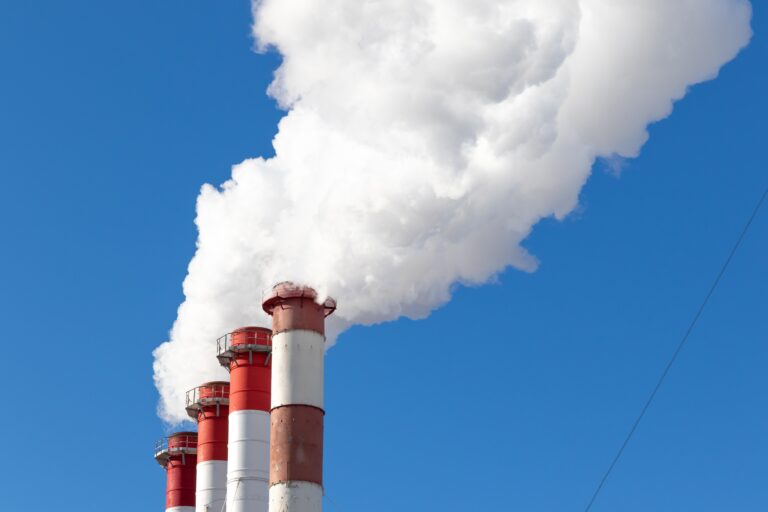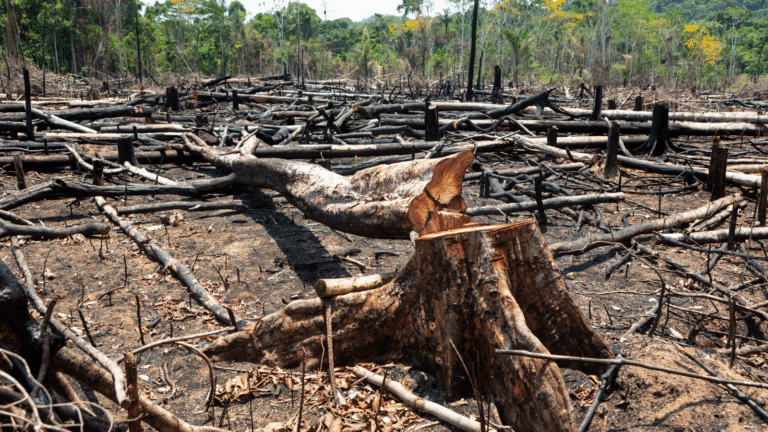Big banks predict catastrophic warming, with profit potential
Morgan Stanley, JPMorgan and an international banking group have quietly concluded that climate change will likely exceed the Paris Agreement's 2 degree
Current Access Level “I” – ID Only: CUID holders, alumni, and approved guests only

Latin America and the Caribbean (LAC) face significant vulnerability to the impacts of climate change. Several factors drive this vulnerability, including their geographic location; limited capacity to adapt...

While Europe has long promoted both energy efficiency and renewable energy, recent European Union (EU) policies reflect an increased ambition regarding its energy transition. Key instruments include the...

The EU Emissions Trading System (EU ETS), created in 2005, is a key tool to orient investments toward technologies with lower carbon intensity. Like other carbon pricing mechanisms,...

In the introductory article of this series, the authors discussed the transformational nature of the European Climate Law and its related policy instruments, and their potential to drive...

With the European Climate Law, the European Union (EU) has adopted binding legislation requiring it to achieve a 55 percent reduction in greenhouse gas (GHG) emissions by 2030...

Latin America’s oil sector has experienced tectonic—and likely irreversible—changes during the past decade. Production fell to 7.8 million barrels of oil per day (mb/d) in 2022 from 10.4...

Latin American and Caribbean (LAC) countries are among the most vulnerable in the world to climate change, experiencing at least one extreme weather-related event per country, on average, every three years over the past two decades.
